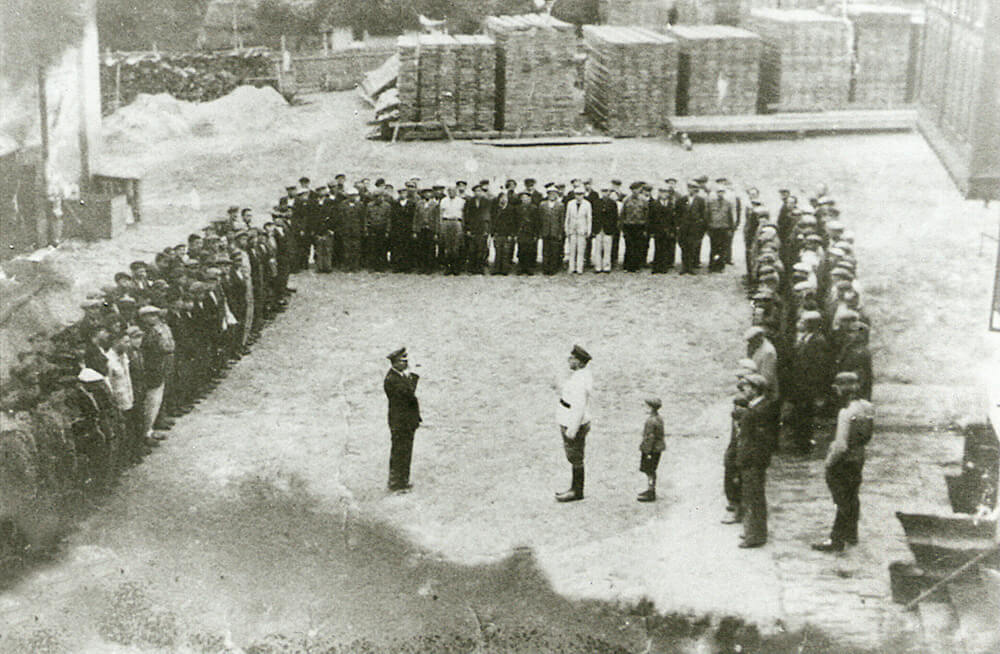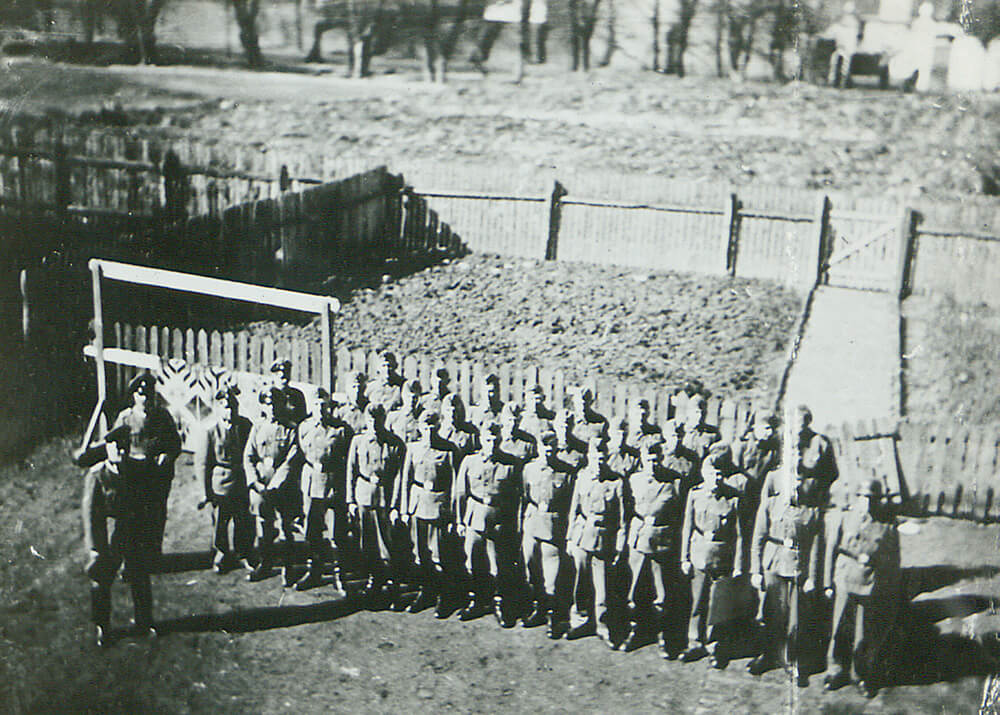Operations Reinhard and Erntefest
Under the codename Operation Reinhard, more than a million and a half Jews were gassed in the extermination camps of Bełźec, Sobibór and Treblinka in Nazi-occupied Poland between 1942 and 1943. A leading role in the entire operation was played by Odilo Globocnik, the SS and Police Leader in the Lublin district of the General Government territory. It involved the extermination first of Polish Jews and later of Jews from other Nazi-occupied countries. The death camps did not require extensive living quarters. Victims were not subject to selections there. The Nazis chose certain prisoners to keep the death-factory running. These workers were regularly killed and replaced by new arrivals. An important task for selected prisoners was to sort the confiscated property of the dead victims. These items were then sent to the Reich and handed over to the relevant authorities. In each camp there were between 20 and 40 SS staff. A vital role was played by auxiliary guards, most of whom were from the Trawniki training camp.
„Aktion Erntefest“ (Operation Harvest Festival) was the code name for the extermination of all the remaining Jews in the Lublin district. The killings took place in the Lublin district on the night of 3 and 4 November 1943 and were carried out by almost 3,000 members of the SS and police units. Majdanek, Lublin, Poniatowa and Trawniki were the main killing sites. More than 42,000 victims were massacred.

